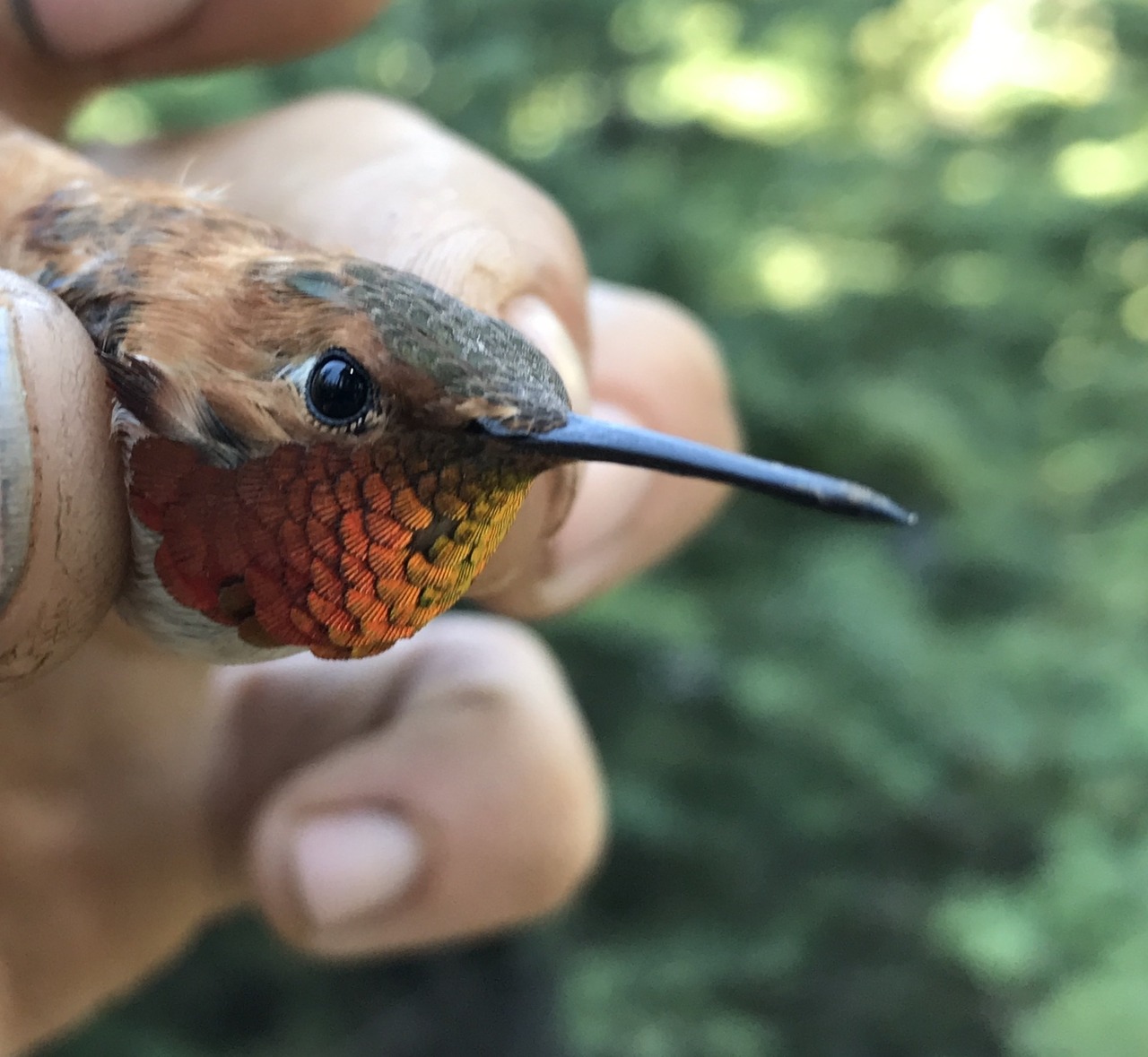*This is a 2018 archived project, view this year’s projects here.
Hundreds of bird species make their homes in Yosemite. Walk through a park meadow, and you might hear a warbler’s sweet song, a blackbird’s quick trill or the thrum of a hummingbird’s wings.
Birds seem ubiquitous in Yosemite, but like many animals, their populations are shifting. By studying songbirds, scientists can learn how drought, wildfires and other environmental factors affect birds and other animals. In 2018, a research team made up of park biologists, volunteer technicians, an intern and an international fellow monitored birds at six sites, continuing an avian research program that has operated continuously since 1990, thanks to Conservancy donors. They collected data on more than 2,100 birds representing 60 species, including a black-headed grosbeak that had been fitted with a tiny GPS “backpack” in 2017 as part of an effort to map migratory patterns. The team also engaged their colleagues and the public in science and stewardship through hands-on bird-banding demonstrations.
Your contribution supported a respected research program that reveals valuable insights about Yosemite’s songbirds.
Completed in partnership with Yosemite National Park and the Insitute for Bird Populations.

